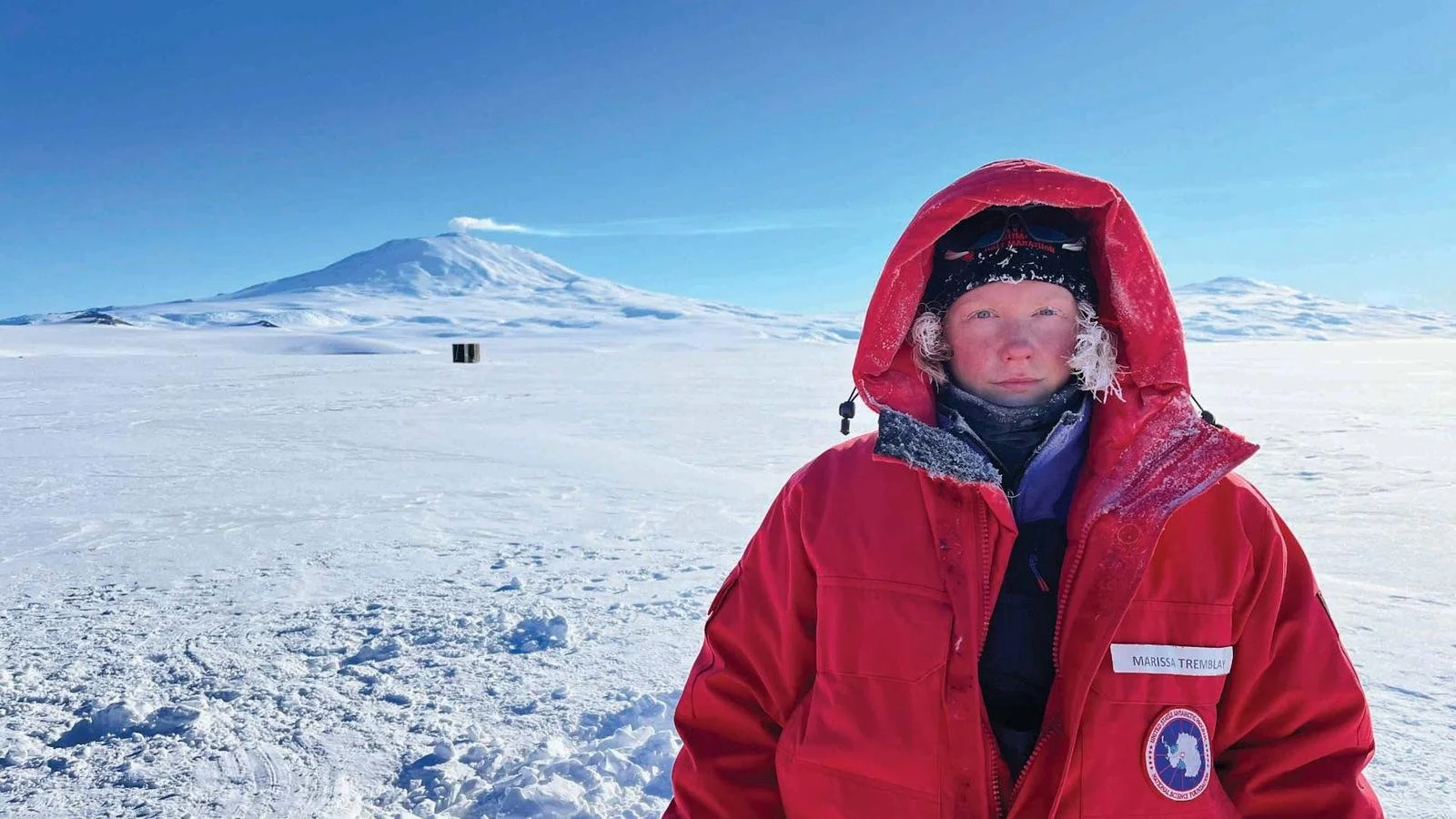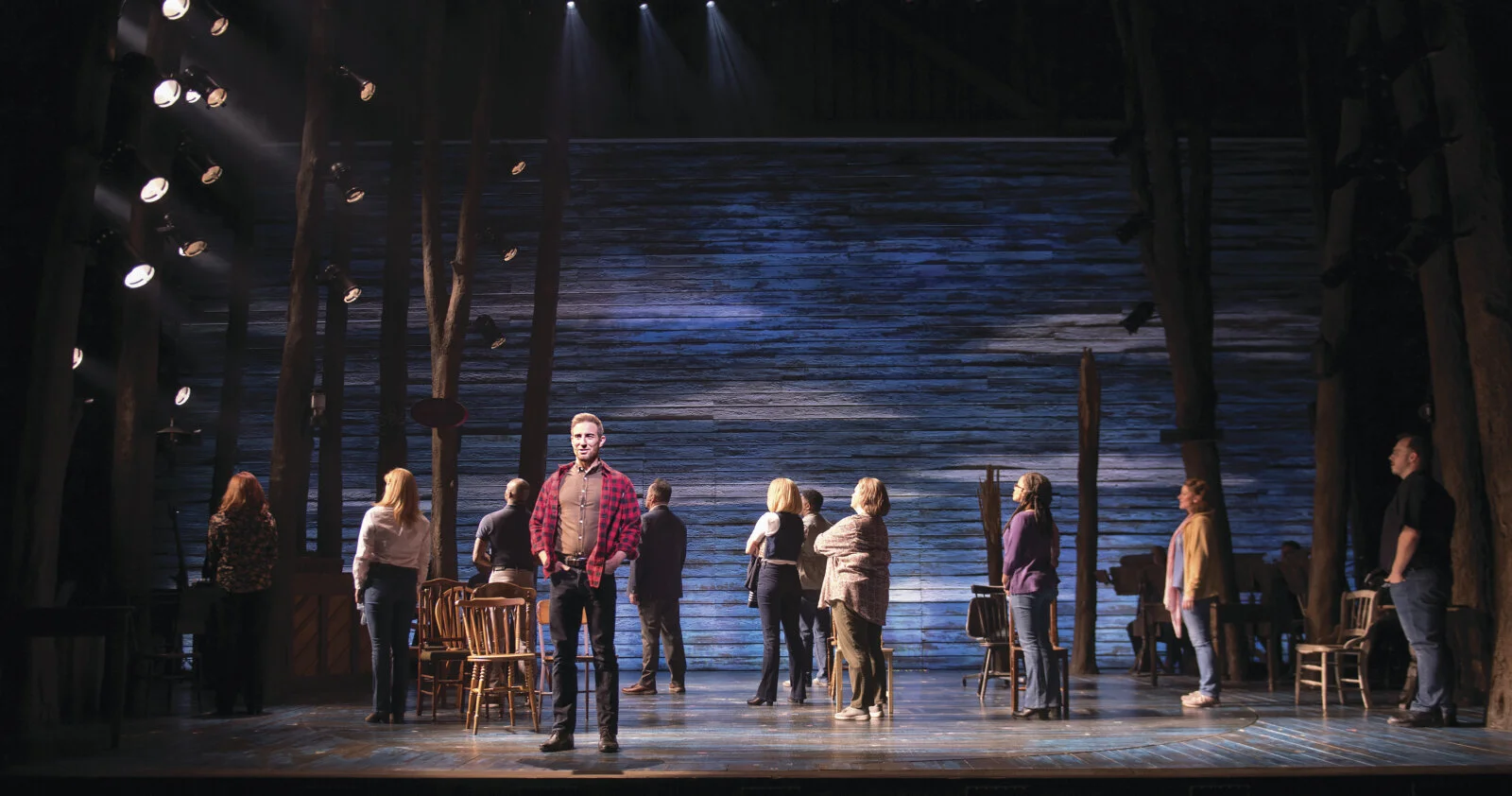Honors course explores how zines fostered communities of resistance
In the aftermath of World War II, social critics in the United States grew increasingly pessimistic about the roles of mass media, consumerism, and bureaucracy in society, viewing them as instruments of authoritarian control. These counterculture voices frame the curriculum of Underground Networks, a new course offered through the Honors College that examines radical forms of social life that emerge within yet in opposition to oppressive institutions.













